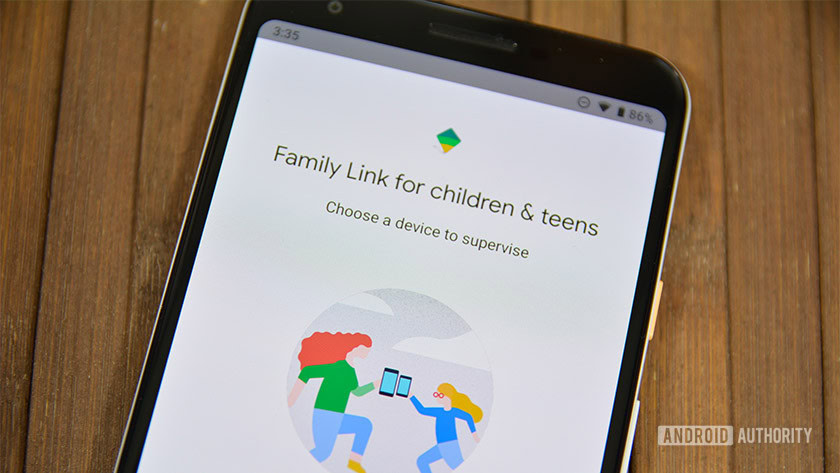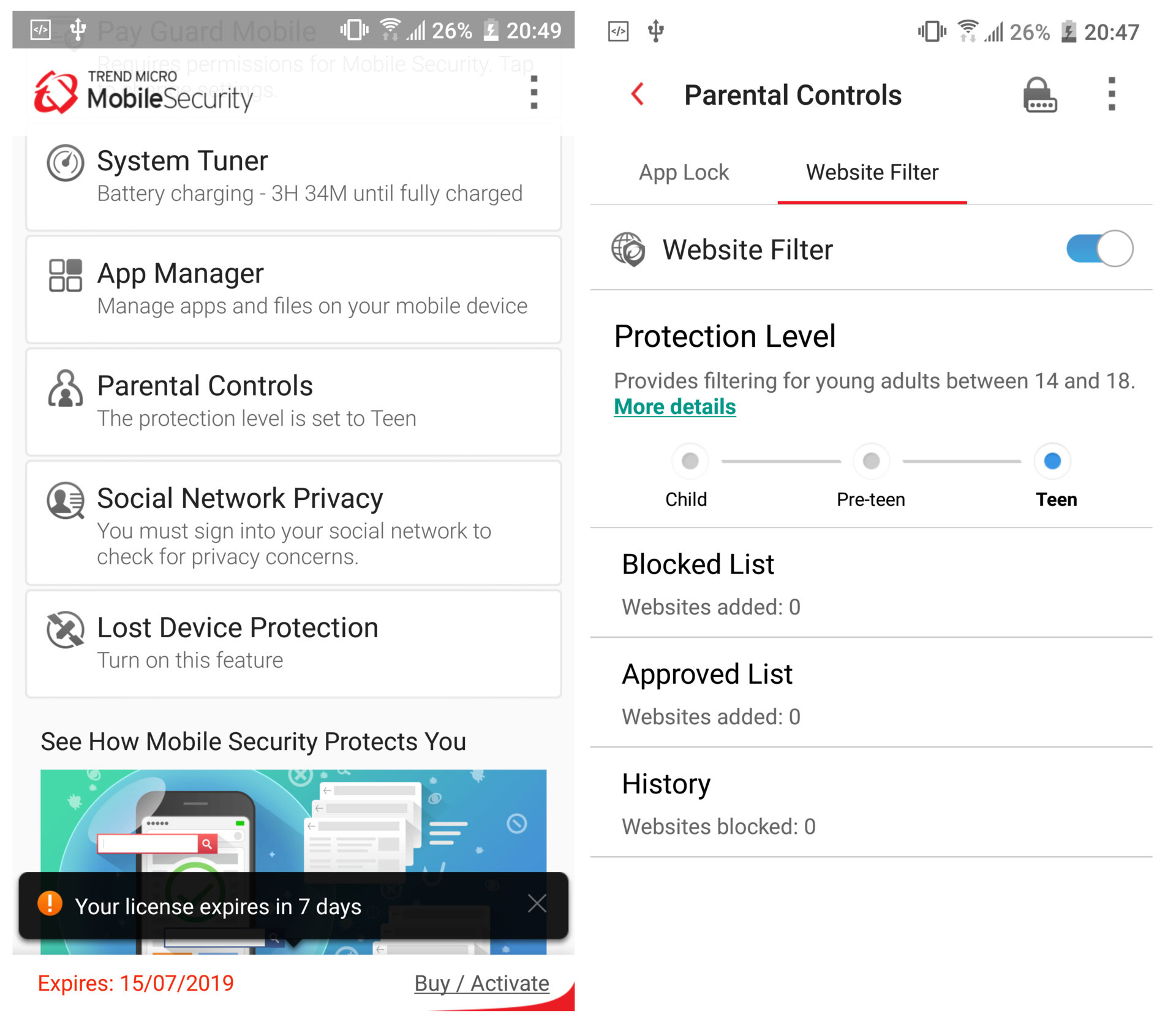Affiliate links on Android Authority may earn us a commission. Learn more.
How to block websites on Android
If you’re getting a smartphone or tablet for your kids, having parental controls and the option to block websites is a must. You can even use website blocking yourself to kick your social media habits or avoid distractions when working. Whatever the reason, we’re here to help. Here are some of the most effective methods to block websites on Android.
QUICK ANSWER
Mobile browsers on Android don't have as many features as their desktop counterparts, but it can be as simple as toggling a switch. Some browsers, like Firefox, have a helpful add-on you can set up. If you're looking to monitor and block your kids' mobile usage, we recommend Google Family Link.
JUMP TO KEY SECTIONS
Use browser add-ons
Google’s Chrome browser is available by default on most Android devices, but it doesn’t offer a simple way to block websites. Not many mobile browsers do, but some, like Mozilla Firefox, make it easy with an add-on. Install Firefox from the Google Play Store. Once that’s done, all you need to block websites is the LeechBlock add-on.
Launch Firefox on your mobile device, then tap Menu (⋮) > Add-ons. Tap on the + icon next to LeechBlock NG in the list of recommended browser extensions. After adding it, you can find the extension in the Add-ons section. Within the LeechBlock NG menu, tap Settings to start blocking websites of your choice.
You can set up up to 30 sites to block and add website domains individually, or alternately, set up blocks for keywords. You can also set up when and how to block. It looks complicated at first glance, and there’s a lot of manual work you’ll have to do, but you can block any site you want.
If you’re primarily using this add-on to protect your child from inappropriate content, you may need to take a couple more steps. You should, for example, uninstall or disable other browsers on your device just in case. You can do this in Settings > Apps. Most devices will have Chrome or a manufacturer’s browser choice preinstalled.
Block websites with an app
If the above solution seems a bit too convoluted, you can always rely on separate apps. Various apps will get the job done, but we’ll focus on those that don’t require rooting your device, since that’s both a little technical and puts your security at risk.
Google Family Link

If your goal is to monitor your child’s online activity and protect them from inappropriate websites, one of your first choices should be Google Family Link. It allows you to block websites in Chrome and sets limited access to certain apps and mature content on Google Play. If you want to know more about it, you can read our detailed guide.
Anti-virus apps with parental controls

If you want to combine online security with parental controls, you can’t go wrong with anti-virus apps that come with built-in parental controls. Mobile Security and Antivirus by Trend Micro is a good option, but parental controls are a premium feature that will require an annual subscription fee.
If you don’t feel like Trend Micro’s app is a good fit, we recommend checking out the Kaspersky SafeKids app as an alternative.
Block websites with a firewall
To go one step further, you can block websites across Android using a firewall. Most of these require rooting your device, but there are root-free options. One of the best says it all in its name: NoRoot Firewall.
NoRoot Firewall has a simple interface, requires minimal permissions, and allows you to create filters based on domain names, IP addresses, and hostnames. You can even control the specific connections between apps.
- Open the app and go to the Global tab at the bottom.
- Tap on the new pre-filter option.
- Check both the Wi-Fi and data icons if you want the website blocked on both connections.
- Enter the address of the website you want to block on Android.
- On the Port tab, select *, then press OK.
- Go back to the Home tab and press Start.
One small warning: the app might not work with 5G or LTE connections because it does not currently support IPv6.
Filter inappropriate content with OpenDNS
If you want something that will do most of the heavy lifting on its own, one of your best options is OpenDNS. This service provides reliable content filtering, and even tech-savvy kids will have trouble finding a workaround. How does it work? By default, when connected to Wi-Fi, you use your internet service provider’s DNS (domain name server), but you can swap it for OpenDNS. It will automatically filter all inappropriate content.
On some Android devices, you can use it without installing additional apps by going to Settings > Wi-Fi > Advanced options > Change DNS settings. Those devices are the exception rather than the rule, however. This is why the first step you should take is downloading and installing Wi-Fi settings. Enter 208.67.222.123 into DNS1 and 208.67.220.123 into DNS2, and tap Apply.
Using OpenDNS does have its downsides. It’s useful when you’re home, but not when you’re out and about, since it doesn’t work with mobile data. But if you’re mainly giving your tablet or smartphone to your child while at home, it’ll do the trick spectacularly.